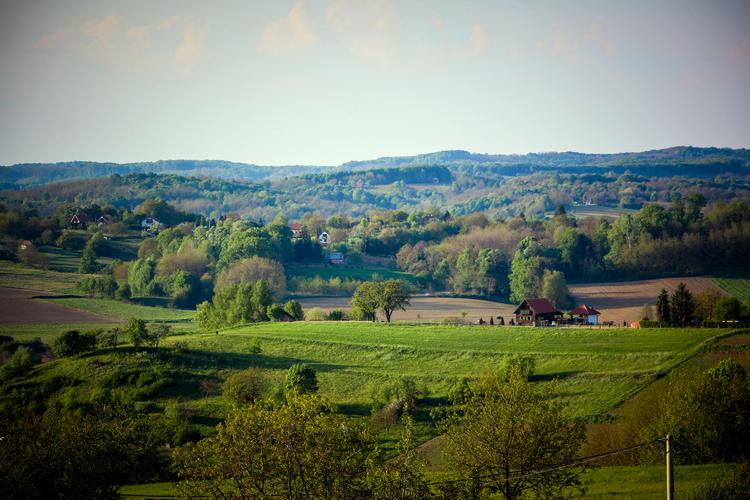Exploring the Rich Diversity of Africa’s Cultural Heritage
Africa’s cultural heritage is rich and diverse, encompassing numerous ethnic groups that are spread across the continent. The diversity is evident in various aspects of their culture, such as language, music, dance, clothing, cuisine, and artistic expressions. The continent is also home to numerous historical sites, natural wonders, and other cultural institutions that reflect its unique heritage.
A Brief Overview of Africa’s Cultural Diversity
Africa’s cultural diversity is influenced by various factors, including geography, history, religion, and social norms. The continent has over 3,000 ethnic groups, each with its unique language and cultural practices. These groups are often grouped into five major regions; North Africa, West Africa, East Africa, Central Africa, and Southern Africa. In each region, there are variations in language, dress, music, food, and art.
Language and Communication
Africa is home to approximately 2,000 languages, with numerous dialects spoken within each language. These languages reflect the diversity in the continent and are used for communication among different ethnic groups. Africans are typically multilingual, and it’s not uncommon to find individuals speaking three or more languages fluently. English, French, and Portuguese are among the most widely spoken languages in Africa, mainly due to their colonial influence.
Music and Dance
Music and dance are an integral part of African culture, with each ethnic group having its unique style. African music is known for its rhythmic patterns, with drumming being a common feature in most genres. African dance, on the other hand, is expressive and energetic, often telling a story or celebrating an event or life cycle. The dances are often accompanied by drumming, singing, or other musical instruments.
Clothing and Fashion
African clothing is known for its vibrant colors, intricate patterns, and unique designs. Each ethnic group has its style, with some incorporating beads, shells, or other materials in their clothing. African fashion has gained global recognition, with prominent designers drawing inspiration from the rich African cultural heritage.
Cuisine and Food
African cuisine is diverse, with various regional and ethnic dishes reflecting the continent’s many cultures. The cuisine is often made with locally sourced ingredients such as vegetables, fruits, and grains. Meat, poultry, and fish are also popular in many African dishes. Some of the most popular African dishes include jollof rice, couscous, injera, and fufu.
Art and Architecture
African art and architecture are diverse, with each ethnic group having its unique style. African art is known for its symbolic meaning and is often used as a form of communication. The architecture is also an integral part of African culture, with numerous historical sites and monuments showcasing the continent’s rich heritage. Some of the most notable architectural wonders in Africa include the Pyramids in Egypt, The Great Mosque of Djenné in Mali, and the Rock-Hewn Churches of Lalibela in Ethiopia.
Conclusion
African cultural heritage is rich and diverse, reflecting the continent’s unique history, geography, and social norms. The diversity is evident in various aspects of culture, including language, music, dance, clothing, cuisine, and art. By exploring Africa’s cultural heritage, we can gain a better understanding of the continent’s past and present and appreciate its unique contributions to global culture.
(Note: Do you have knowledge or insights to share? Unlock new opportunities and expand your reach by joining our authors team. Click Registration to join us and share your expertise with our readers.)
Speech tips:
Please note that any statements involving politics will not be approved.
